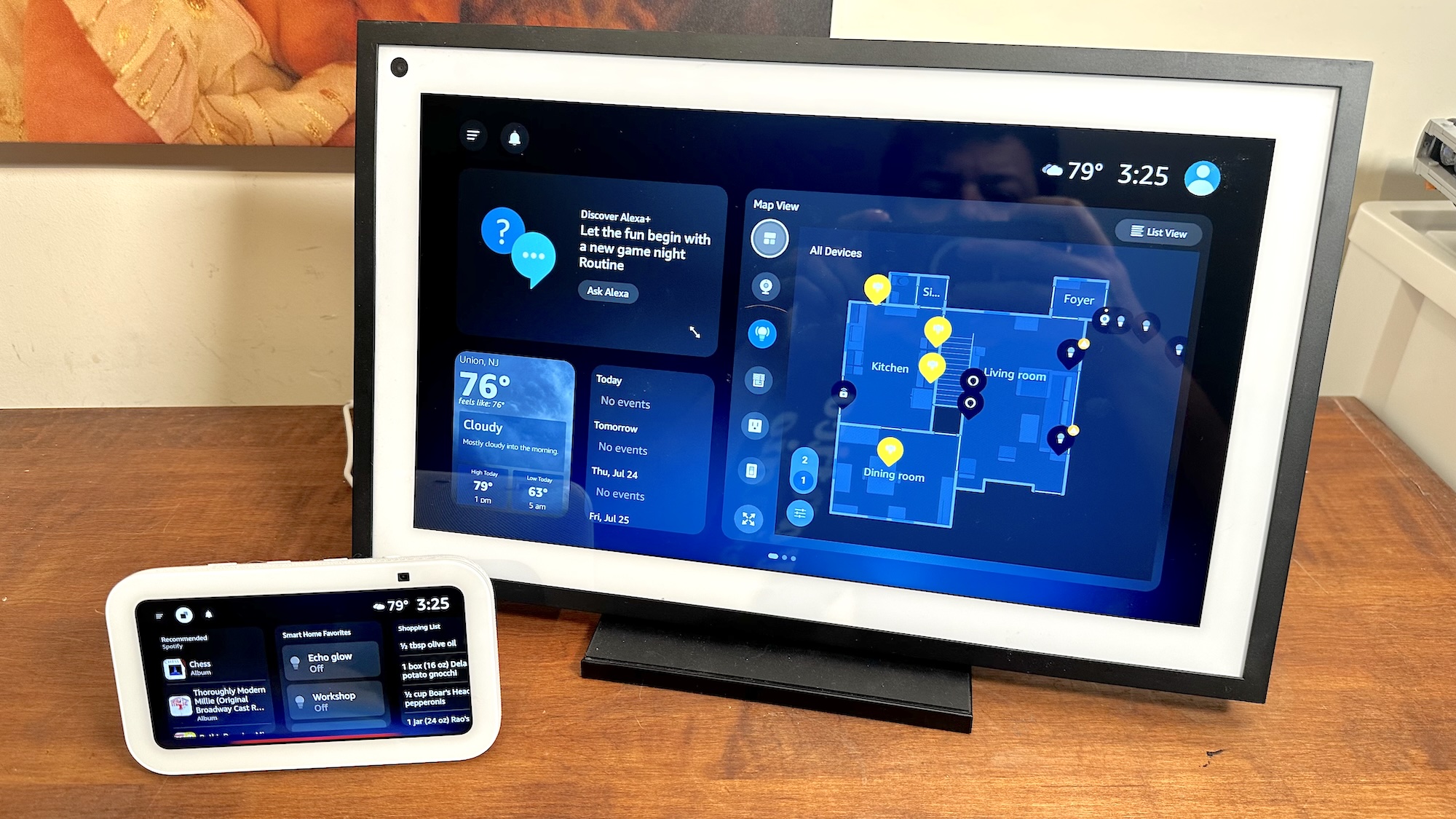Best of AWE 2025: The top 7 XR gadgets that caught our eye
Our pick of the best gadgets at this year's Augmented World Expo!
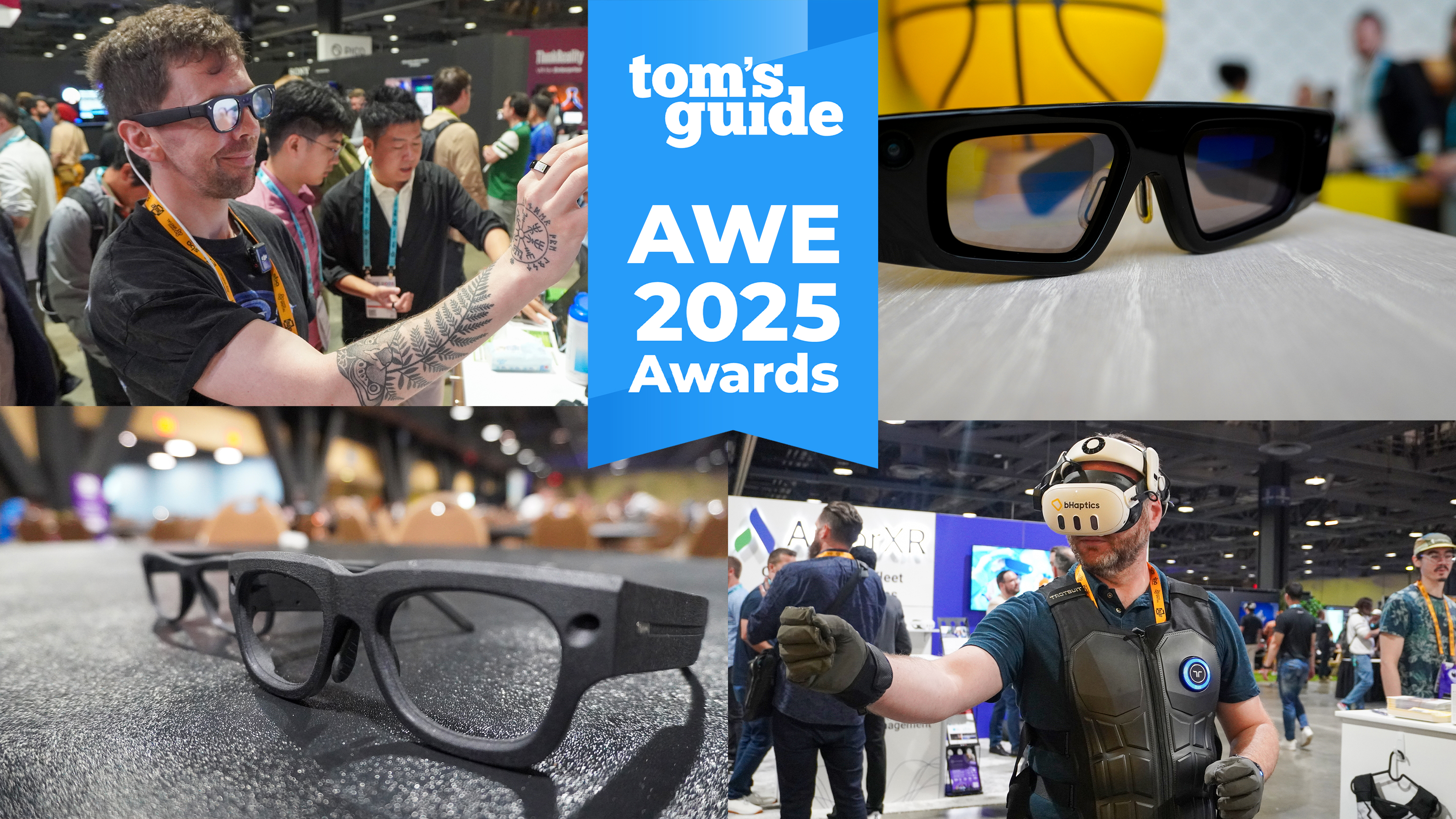
Augmented World Expo (AWE) is a show focused on the world of virtual reality headsets and smart glasses, and how those devices are changing the future.
The 2025 edition was a leap forward from previous years with a massive presence from well-known tech companies like Qualcomm, Sony, and Meta.
Smart glasses are getting better and better, and headsets like the Meta Quest 3 are receiving more ways to play and work. And we haven't even mentioned the various wearables that can connect with your phone or these devices.
Much of the show is focused on the future of headsets and glasses, but there were a number of products that are coming soon or are available now.
We were able to go hands-and face-on with several products. Here's our picks for the best of AWE 2025 that you need to know about.
Best of show: Viture's next-gen AR glasses
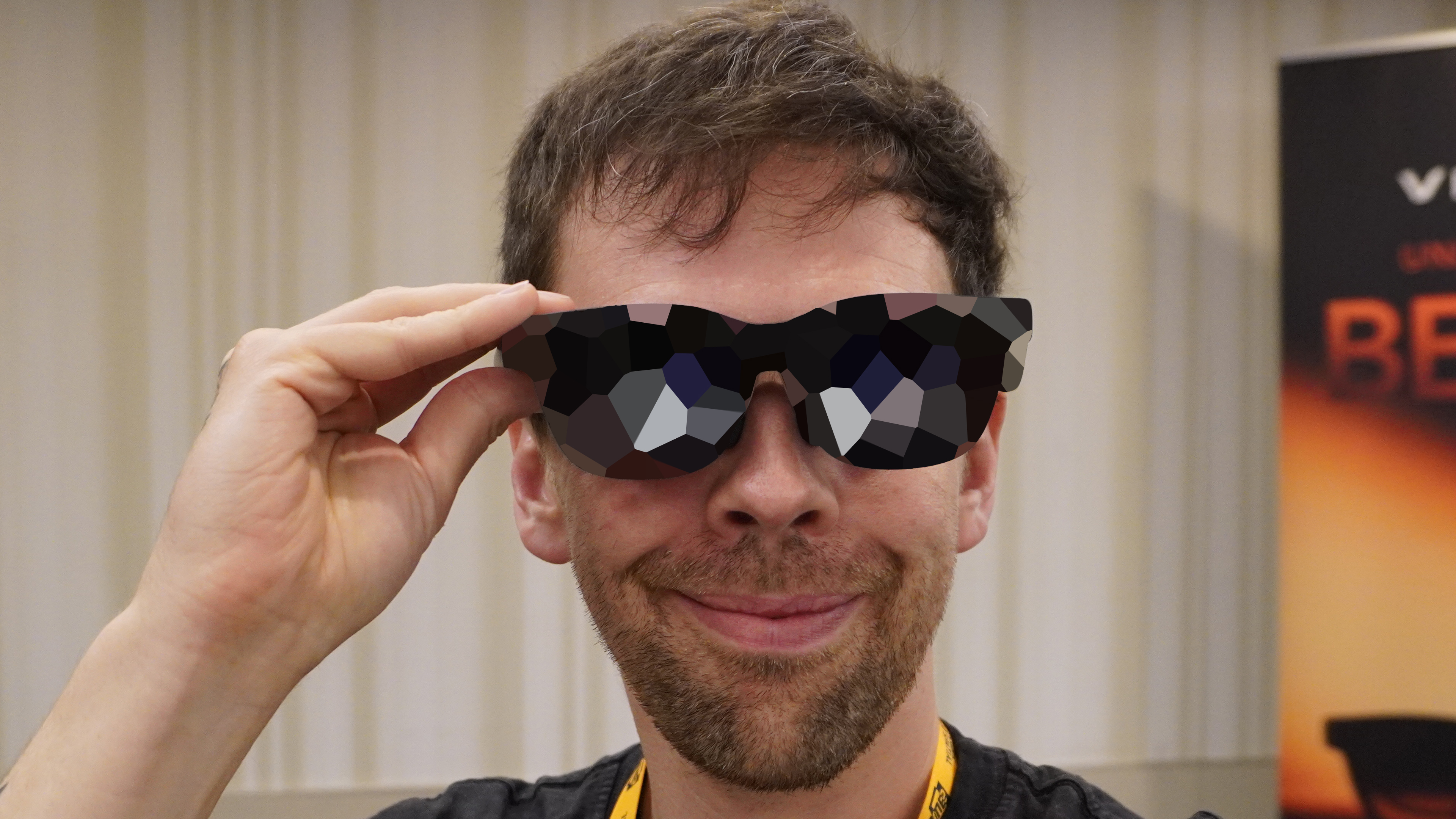
Yes, these are the AR glasses that Viture has been teasing for a while now.
While I can't tell you much about my hands-on time until they are announced (can't show you them either, so I'm pixellating the glasses), the fact that I've immediately given them the "best of show" trophy is hopefully enough of a green flag of what you'll get here.
Get instant access to breaking news, the hottest reviews, great deals and helpful tips.
And what you do get is the best screen I've ever seen with a massive 60-degree field of view — all with that same great color production that Viture is known for.
On top of that, with such a huge field of view, the glasses don't look or feel significantly larger to pull it off, and there's zero fringing around the outer edges of the display.
Put simply, if you've been waiting for the best external display for your eyes on long journeys, I recommend you wait for these.
Jason England
Biggest announcement: Snap Specs in 2026

Snapchat had a massive presence at AWE 2025 with multiple demos of its current Snap Spectacles, including AI-enabled object recognition and linked glasses for multi-person experiences.
The biggest news was that its rebranded Specs will launch in 2026.
Developers have had access to the prototype versions of the new smart glasses since late 2024, with a ton of expected "Lenses" or apps already in development.
Snap CEO Evan Spiegel announced that the new glasses would be lighter and a "much smaller form factor" than the current Spectacles and the dev kits that we've seen.
Scott Younker
Best VR accessory: bHaptics TactSuit Pro
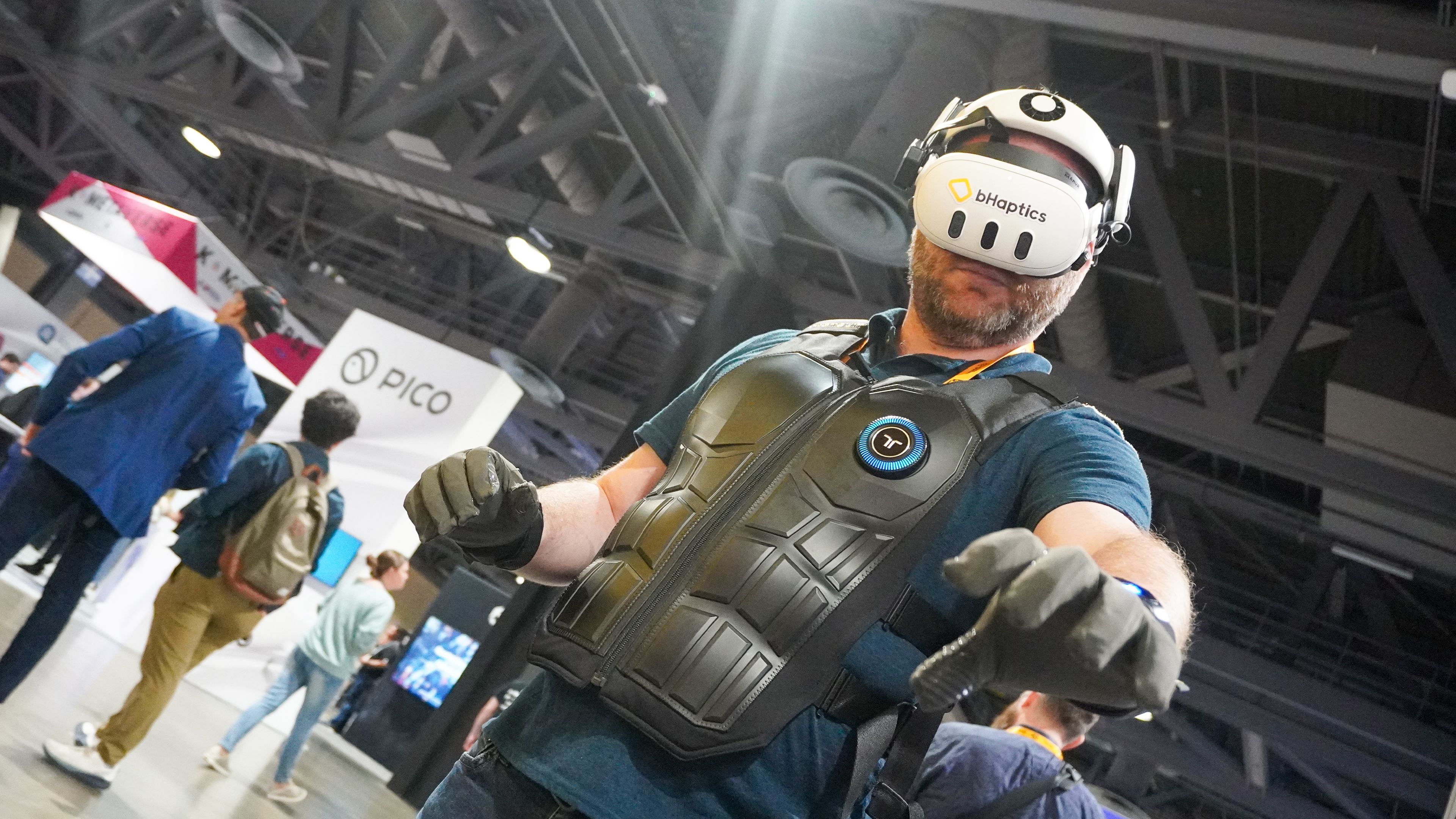
AWE 2025 was filled with VR accessories that ranged from haptic gloves to giant mech-suit-esque apparati. Unfortunately, many were either prototypes, meant for businesses, or too big for most people to feasibly use in their homes (looking at you, MEK).
bHaptics showed off its TactSuit, a series of wearable VR accessories that add haptic feedback to your VR gaming. And we got to try some, including a vest, gloves, and sleeves.
The accessories work with the Meta Quest 3 headset and were a lot of fun, even during simple tech demos.
They're a bit spendy, but if you're invested in VR gaming, they are worth the cost.
Scott Younker
Best AR Accessory: KiWear smart ring
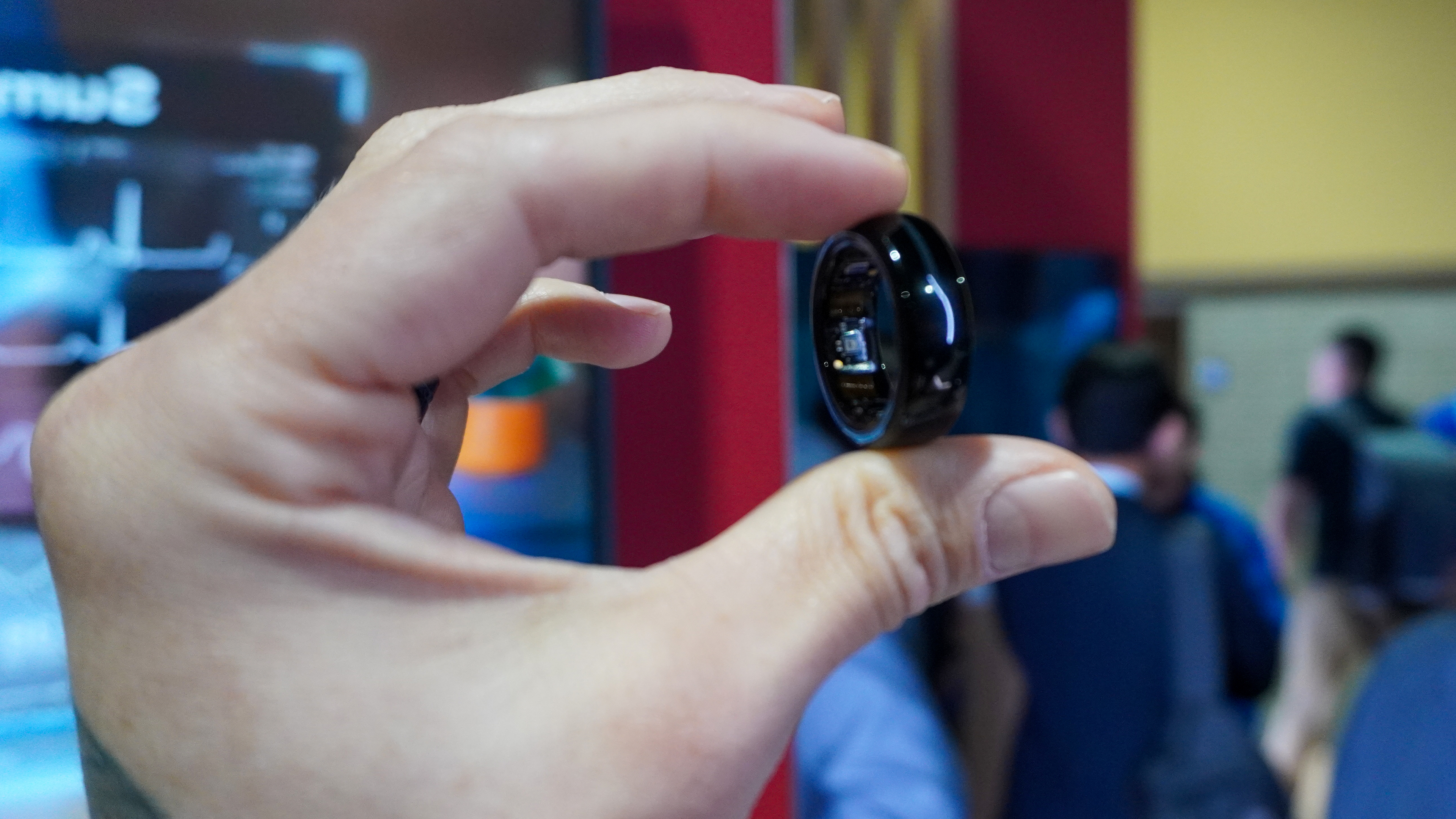
Controlling AR content on glasses has been a bit of a minefield. Either you've got to use a secondary device like a wand (like the Xreal Beam Pro), or it's a whole hand-tracking situation that doesn't really work without more raw computation.
That's where the KiWear Smart Ring comes in — accurately capturing pinch and hand movements to a degree that it all feels like spatial computing without the need for an Apple Vision Pro on your face.
Whether it's pinching to select, swirling your finger around to change the volume, or turning your hand palm-up for additional interactions, it's all here with this ring. It could possibly bring on a new wave of controlling AR content.
Jason England
Best innovation: Emteq

We all know that AI goes hand-in-hand with smart glasses to deliver an immeasurably better experience — take a look at the Ray-Ban Metas for example. But it can all be a bit impersonal.
How do you make that AI more personalized to you? A lot of sensors, and that's what Emteq is doing. Simply put, this company has delivered a fitness and wellness tracker better than any smart watch or smart ring ever could be.
With nine optical sensors, it's able to measure your facial muscles to a near-microscopic level. This has uses in being able to create an avatar for talking in video calls, but the real immediate benefit I saw is in healthcare.
Not only can you use the cameras to take a picture of your food and use ChatGPT to give you a caloric breakdown of what you're about to eat, but you can also get a reading on whether you're chewing too fast, which may cause digestion problems.
And then the subconscious muscle twitches in your face can give it a read on your emotional well-being too. This is true personalized AI, and a look at what smart glasses could be as real assistants.
Jason England
Best AI device: Wizpr Ring
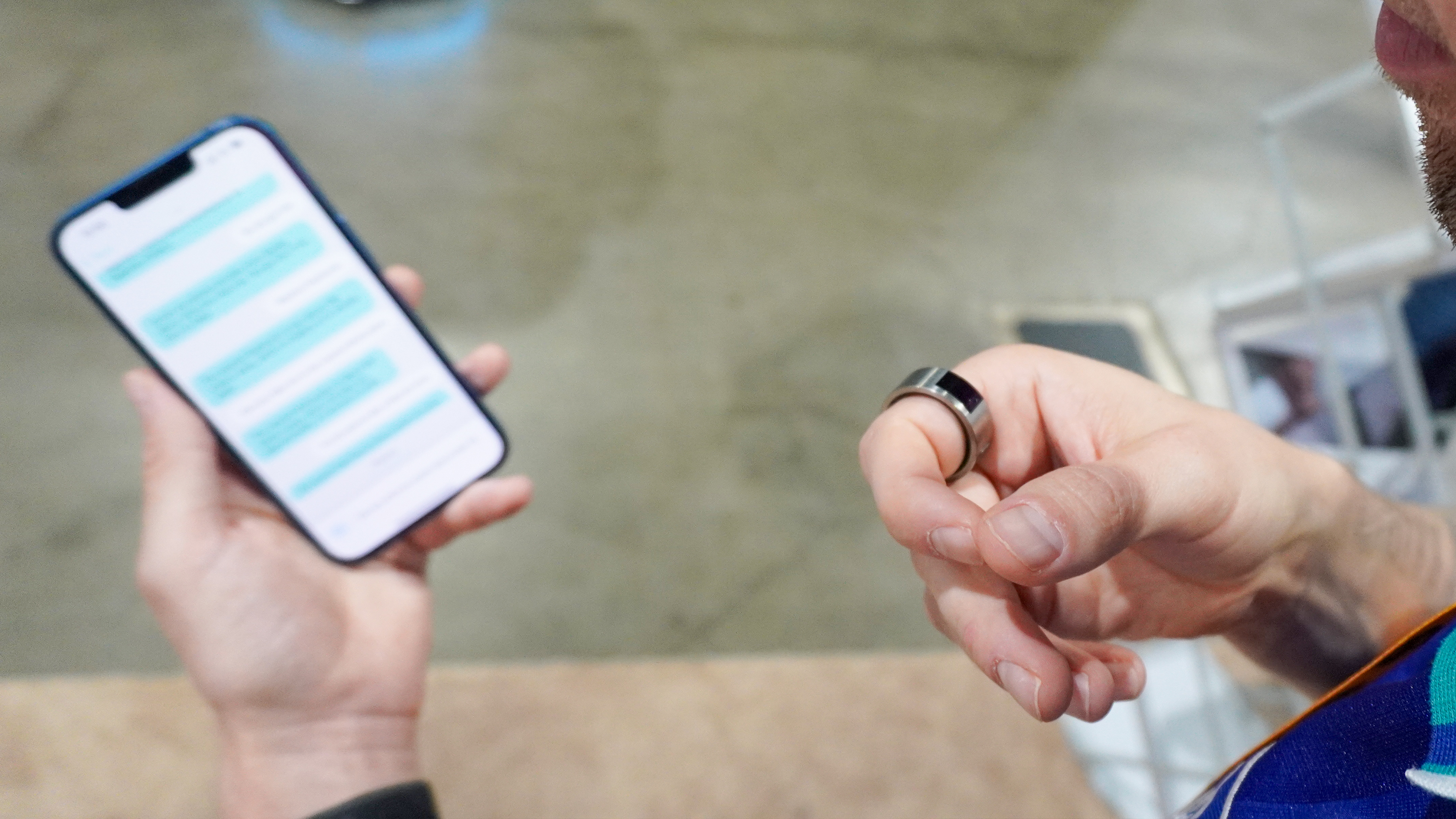
The Wizpr ring caught us by surprise as we wandered the AWE 2025 show floor.
It's an AI-enabled smart ring that features a microphone you can use to speak with AI. We tested it, and you can just about whisper, as the name implies, into the ring to give it commands or prompts.
On the loud show floor, we were able to ask questions like, "What's the weather like?" or "How far away is the nearest Starbucks?" and the interface appeared to hear and understand the prompts.
It can also be used to control some smart home devices like lights or media in your AirPods.
Scott Younker
Best glimpse of the future: Snapdragon AR1+
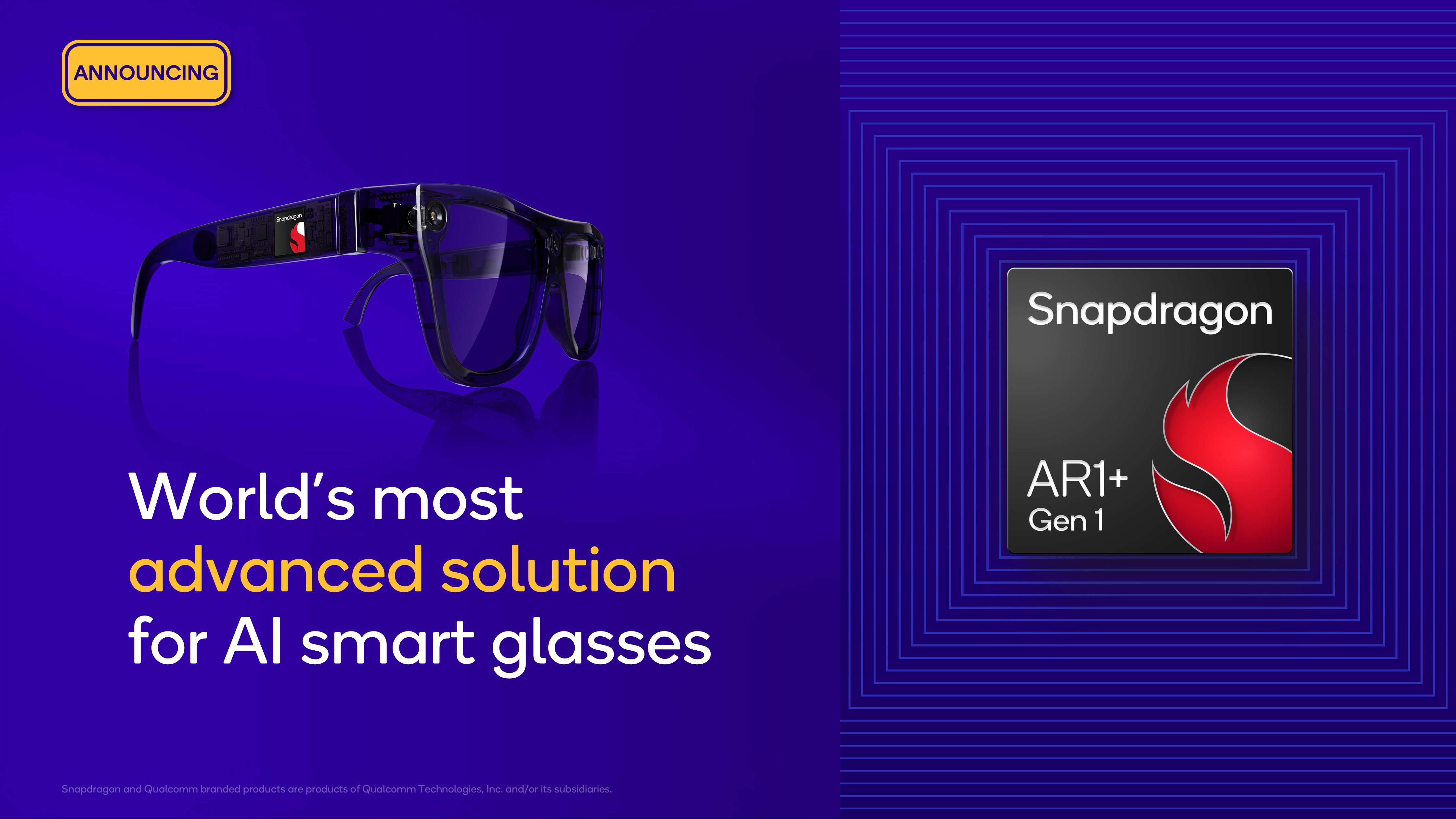
Snapdragon AR1+ is a turbo-boosted version of what you see in the Ray-Ban Metas, but it's so much more than that. You see, one of the common obstacles with AI in smart glasses is the time taken to receive a response from the cloud, or latency.
But this is able to run a 1-billion parameter model entirely locally, which is great for both privacy and speed. On top of that, there are improvements to camera quality, display quality, and energy efficiency.
This chip puts Qualcomm on a path towards smart glasses that cut the cord to any phone or additional computing puck, and sets them towards a future where your smart glasses could replace what you may be reading this on right now.
Jason England
More from Tom's Guide
- The best VR headsets
- I’ve worn smart glasses for over 4 years — here’s the best AR and AI glasses
- I just used a Meta Quest VR headset to get 3 virtual monitors on a Windows 11 PC — and I was blown away

Scott Younker is the West Coast Reporter at Tom’s Guide. He covers all the lastest tech news. He’s been involved in tech since 2011 at various outlets and is on an ongoing hunt to build the easiest to use home media system. When not writing about the latest devices, you are more than welcome to discuss board games or disc golf with him. He also handles all the Connections coverage on Tom's Guide and has been playing the addictive NYT game since it released.
You must confirm your public display name before commenting
Please logout and then login again, you will then be prompted to enter your display name.
